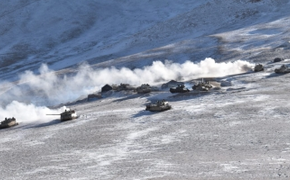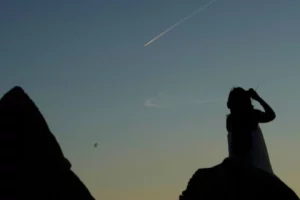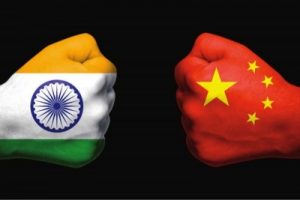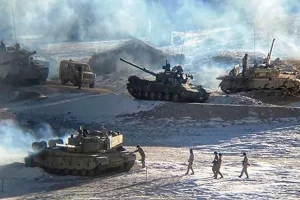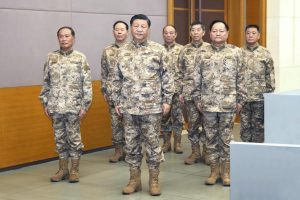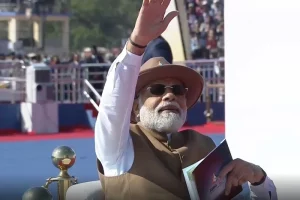India and China have begun their 13th round of negotiations today (Sunday) to reduce tensions on the Line of Actual Control (LAC) in eastern Ladakh.
According to sources, the problems at Hot Springs, or Patrol Point-15, on the LAC are being taken up in the discussions, which began at 10:30am in Moldo (Chushul) on the Chinese side of the LAC.
What is the dispute over Hot Springs?
Hot Springs, traditionally known as Kyam, is a camp site and the location of India’s border check-post called Patrol Point-15 at the Chang Chenmo river valley in Ladakh near the contested border with China. The spot, named after a hot spring in the area, is one of the four points where the Indian and Chinese armies were in an eyeball-to-eyeball confrontation during the standoff in May 2020.
The three other points of friction are Patrol Point-17A near the Gogra Post, Patrol Point-14 in Galwan Valley, and the northern bank of Pangong Lake. At present there are around 65 patrolling points in Ladakh along the LAC .
Also read: India counters China’s mind-games ahead of a new round of Ladakh talks
Chinese troops had crossed over the contested border across all these points and positioned themselves in Indian territory and despite 12 rounds of talks already having taken place on the border Beijing has refused to withdraw its troops to levels that existed before April 2020.
Strategic importance: The area in not far from the Kongka Pass, one of the main passes which mark the boundary between India and China. Hot Springs and Gogra Post are therefore close to the boundary between China's two of the most historically vulnerable regiona of China–Tibet and Xinjiang.
What happened in the previous round?
After the last round of talks on Aug 2, the Indian and Chinese troops withdrew from the Patrol Point-17A near the Gogra Post, the second such disengagement this year. In mid-February, the two countries had agreed to withdraw troops from the Pangong Lake sector where China was at a distinct disadvantage.
Meanwhile, the Indian Army's General Manoj Mukund Naravane said on Saturday that China is continuing to build-up its troops at the LAC which is a matter of concern. He also said that if the People’s Liberation Army (PLA) is there to stay, the Indian troops will stay there, too.
Separatly, in a meeting in Dushanbe last month External Affairs Minister S. Jaishankar told his Chinese counterpart that " the two sides should work towards early resolution of the remaining issues along the LAC in Eastern Ladakh while fully abiding by bilateral agreements and protocols”."






